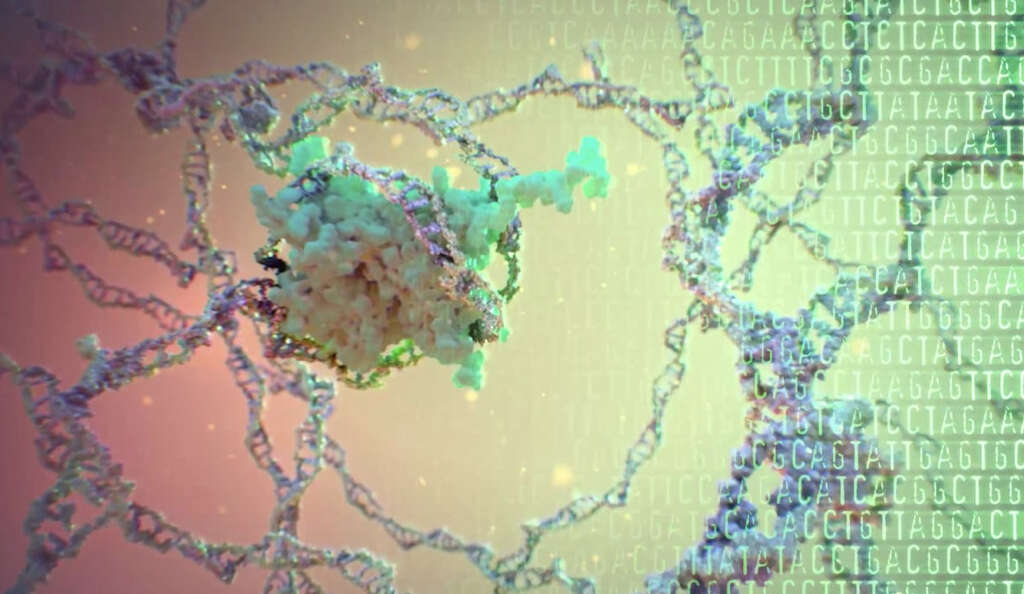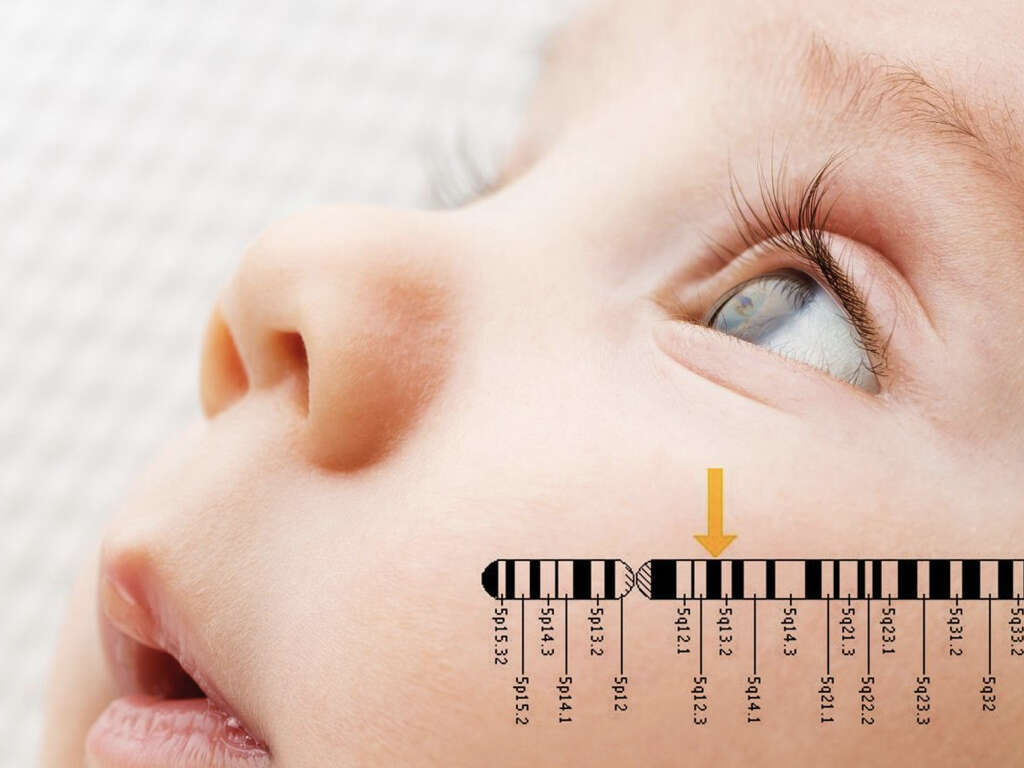What Is Leigh Syndrome?
Our nervous system is essential to us. It is essential because it helps to relay information to and from the brain, and it also helps ensure our organs are working as they should be. It is essential for our body movements and helps give us the balance we need to be able to walk upright, and perform other actions. It also helps us to see, hear, smell and touch.
If something was to happen to our nervous system then it can have a profound impact on our lives. It can limit our ability to move and to feel, and can affect the functioning of some of our most essential organs. There are some medical conditions that can have a direct impact on our nervous system, one of which is Leigh syndrome.
1. Leigh Syndrome
Leigh Syndrome, which is also known as subacute necrotizing encephalomyelopathy, is a neurodegenerative condition. This means that the patient’s nervous system will gradually deteriorate over time. Leigh syndrome is an inherited condition and it is also, thankfully, very rare.
The disease can be found in only around 1 in 40,000 births. The disease usually becomes noticeable when the patient is still just an infant, and the severity of the symptoms tend to get worse very quickly. In a very small number of cases, the symptoms may not begin to show until the patient’s teenage years, or even until they reach adulthood.
2. Causes
Our DNA contains all the information about us when we will be born, and much of who we will grow up to be as adults. We get our DNA from both parents, but errors sometimes occur when it is being copied. Leigh syndrome is caused by a mutation in nuclear DNA or mitochondrial DNA. It is also sometimes caused by an enzyme known as pyruvate dehydrogenase.
There are more than 75 different genes that can be behind the condition. Most of the genes responsible disrupt the functioning of protein complexes that help in the production of energy in our mitochondria. It is thought that this disruption means cells don’t get the energy they need, and die as a result.

3. Sucking Ability
Sucking is one of the most basic instincts that we have and is something that we can do instinctively from birth. One of the first signs of Leigh syndrome, however, is that the patient will not be able to suck as well as they should be able to. This has the potential to be very problematic.
If a baby does not have a strong enough ability to suck, it means they may struggle to get the nutrition they need. This, in turn, will mean that they won’t develop as well as they should do. In addition, patients of any age may experience a loss of appetitive overall. Vomiting is another potential symptoms.
4. Head Control
A new born baby will hardly have the strength and coordination to move their heads to begin with, but the strength that they need will soon start coming to them. If the baby doesn’t develop the strength and coordination, however, or if they lose the ability, then something may be wrong.
Leigh syndrome can cause the patient to begin to lose control of their head. What’s more is the patient may also begin to lose their motor skills overall, making even simple movements like walking difficult for them to achieve. This is down to cerebellar ataxia, which affects the patient’s coordination.

5. Weakness
As time goes by, the patient can find that their muscles become progressively weaker, and they gradually lose their muscle tone. This can contribute further to movement problems as they lose the strength needed even to do simple chores around the home.
Some patients will also experience spasticity. Spasticity should not be confused with a muscle spasm. Spasticity is due to a problem with the central nervous system that affects the way the nerves communicate with the muscles. It can be very painful for them at times, and it can also have a severe impact on their mobility. As these conditions progress, the patient can become increasingly dependent on other people.
6. Peripheral Neuropathy
Our nervous system travels throughout our bodies. It forms a branch like structure as it radiates out from the center, with nerves covering every part of our bodies. These nerves allow information to be sent to and from the brain, and this gives us the ability to touch and feel everything around us.
If a problem was to develop with this network, then the sensations in the outer parts of the body can be affected. This is a condition known as peripheral neuropathy, and it can result in symptoms like numbness and/or tingling sensations in the extremities. It can be a symptom of something serious, so it should always be checked out.

7. Seizures
Our body’s cells communicate with each other with help from electrical impulses. The brain is no exception, and there is a constant flow of electrical impulses flowing through the brain, and from the brain to other parts of the body. If we wish to move our fingers, for example, then an electrical signal will be sent to make the appropriate muscles contract.
In cases of a seizure, the brain will experience a surge in electrical impulses throughout the brain. This can cause a number of symptoms, including the rapid contraction and relaxation of the patient’s muscles. Seizures are often a sign of something serious, so get them checked out if you have not done so already.
8. Complications
Our organs perform a number of very important roles in our bodies. Some of our organs are expendable and we will get by just fine without them. Others, however, are essential, and we would die if they were to stop functioning. Some medical conditions may cause this, one of which is Leigh syndrome.
Leigh syndrome can cause problems with the respiratory syndrome, making it harder for the patient to breathe. The heart can also be affected, while the functioning of their kidneys can also be impaired. These conditions can be a real threat to the patient’s life if the impairment of their functioning reaches dangerous levels.

9. Diagnosis
A number of different methods may be used to help reach a diagnosis of Leigh syndrome. These can include CT scans and MRI scans that will help to give medical professionals a better look at the patient’s brain, and other bodily tissues.
Other tests can also be performed to help look for blood sugar levels, which are likely to be lower than usual. Tests can also help to look for higher levels of alanine and pyruvate than usual, as well as higher than usual levels of acidic waste products. They can also look for deficiencies of the cytochrome C oxidase, or pyruvate dehydrogenase enzymes.
10. Treatment
There is as yet no known cure for Leigh syndrome, and treatment revolves around treating the patient for their symptoms. This includes treating the patient for high levels of acidity in their blood, as well as providing medication to help prevent seizures and dystonia.
The patient may also need treatment for cardiomyopathy, which is general medical term for a disease of the heart’s muscles. It will also be important to ensure that patient is getting all the nutrition and fluids that they need. How long the patient can expect to live for depends on the specific cause of Leigh syndrome, although most will not live beyond childhood.











